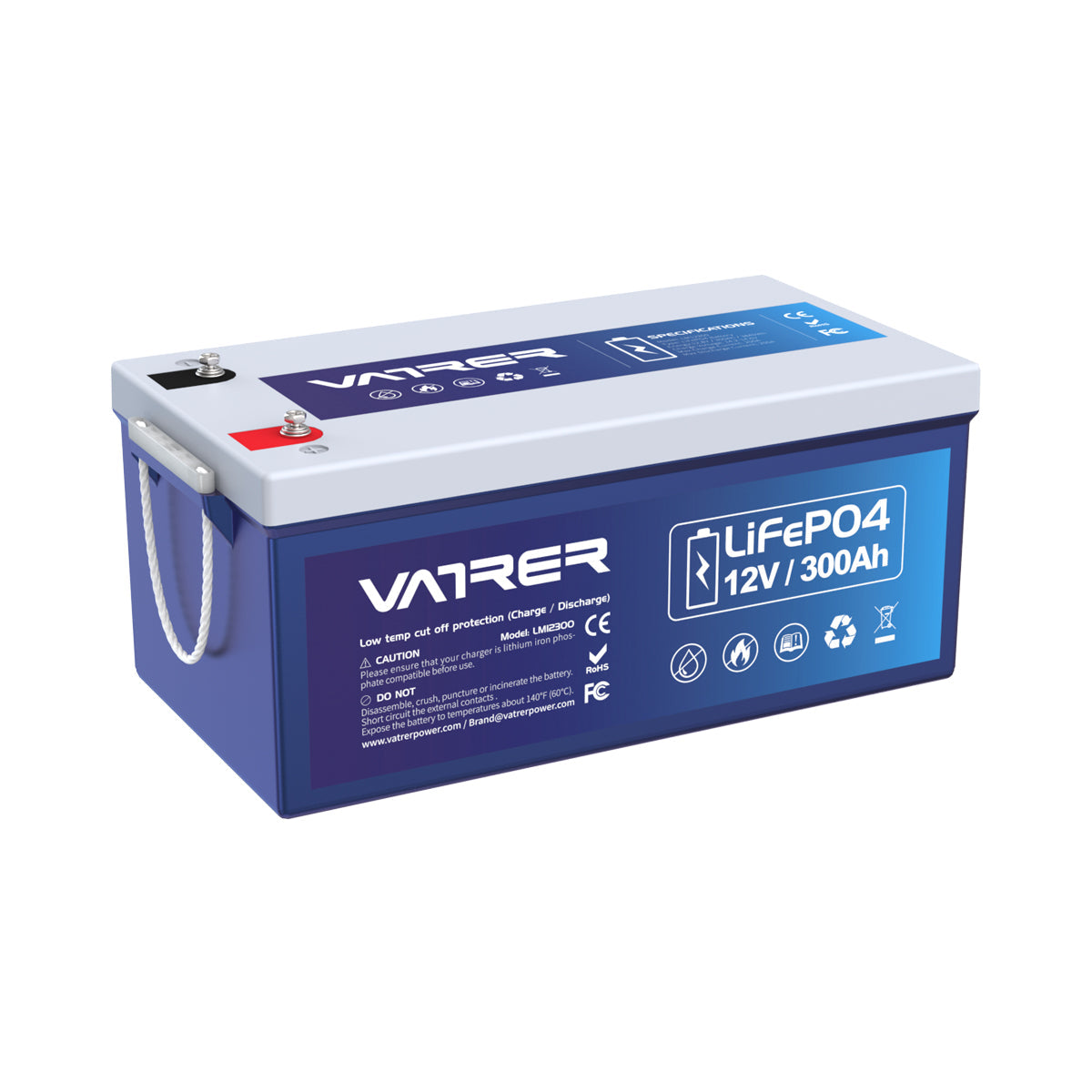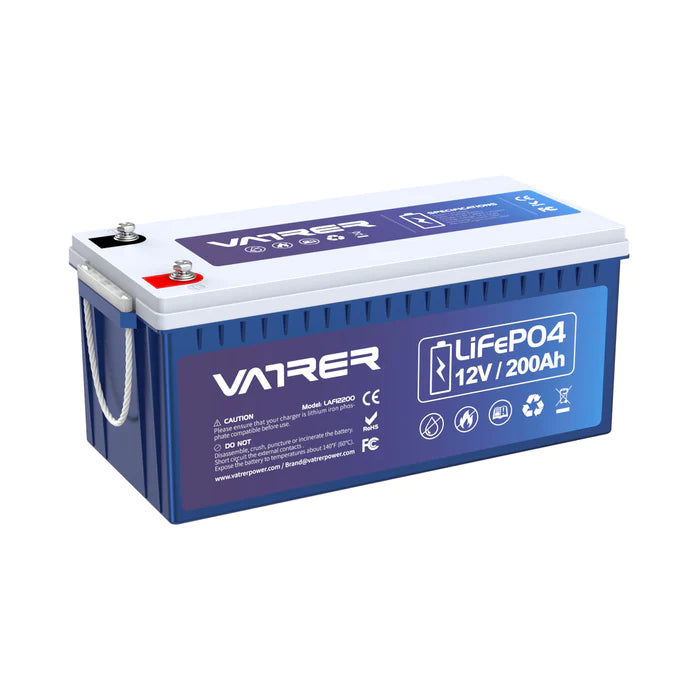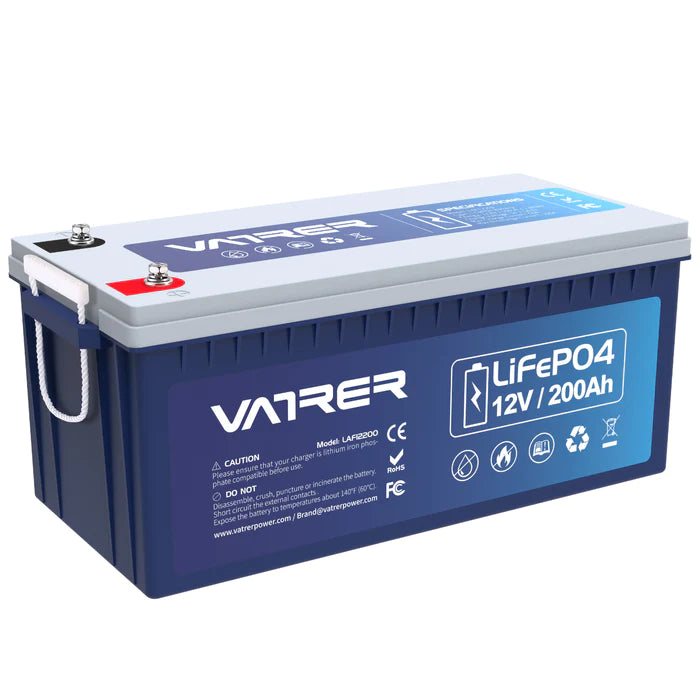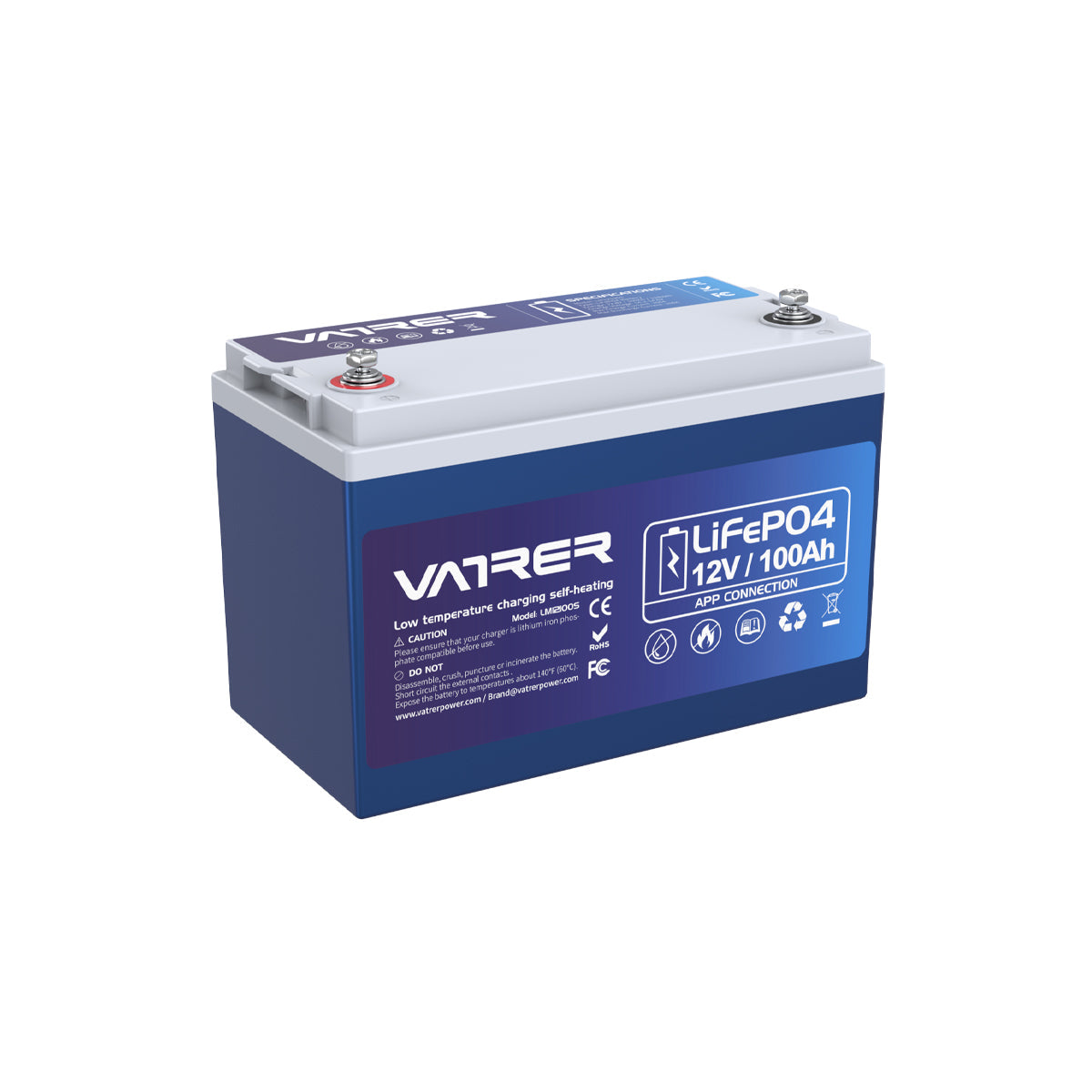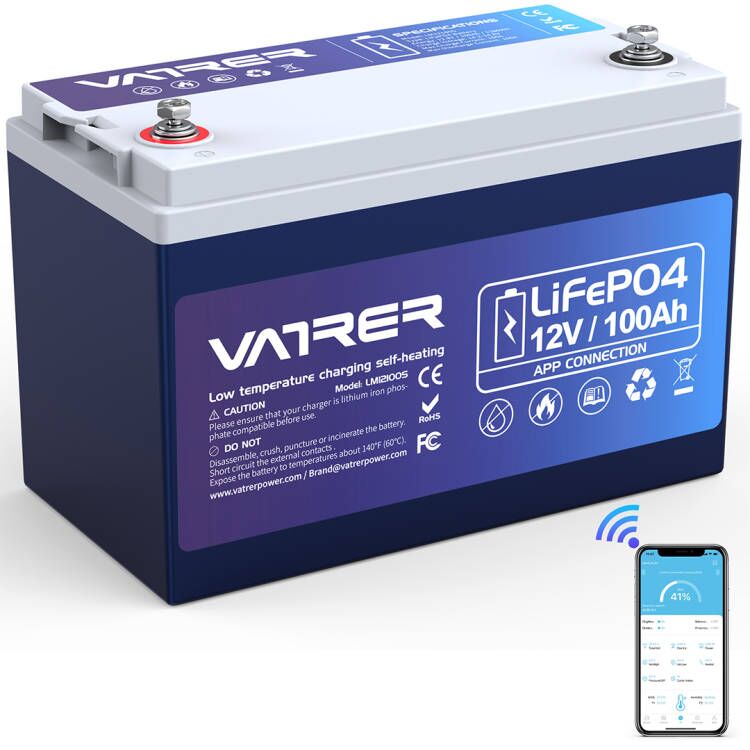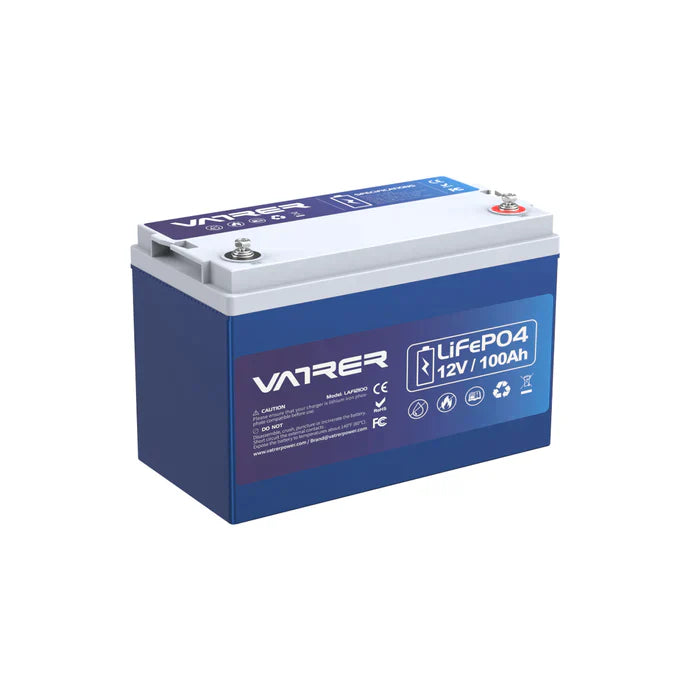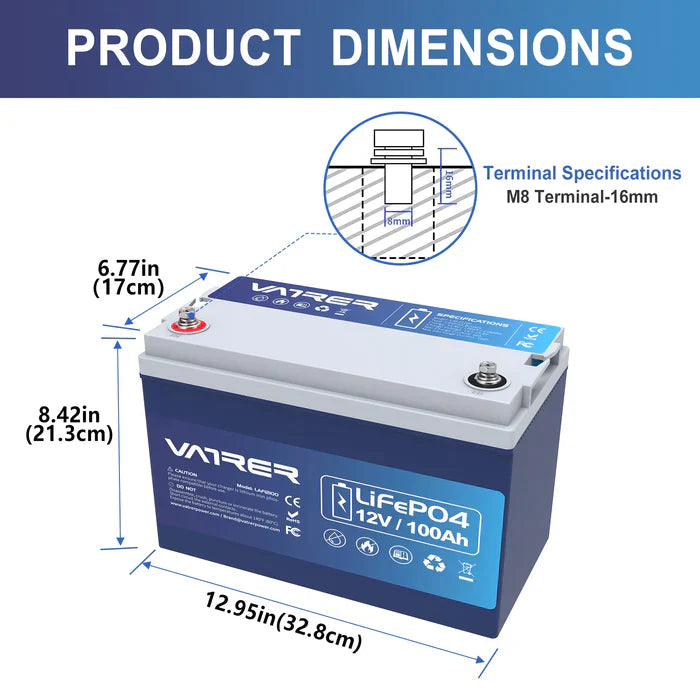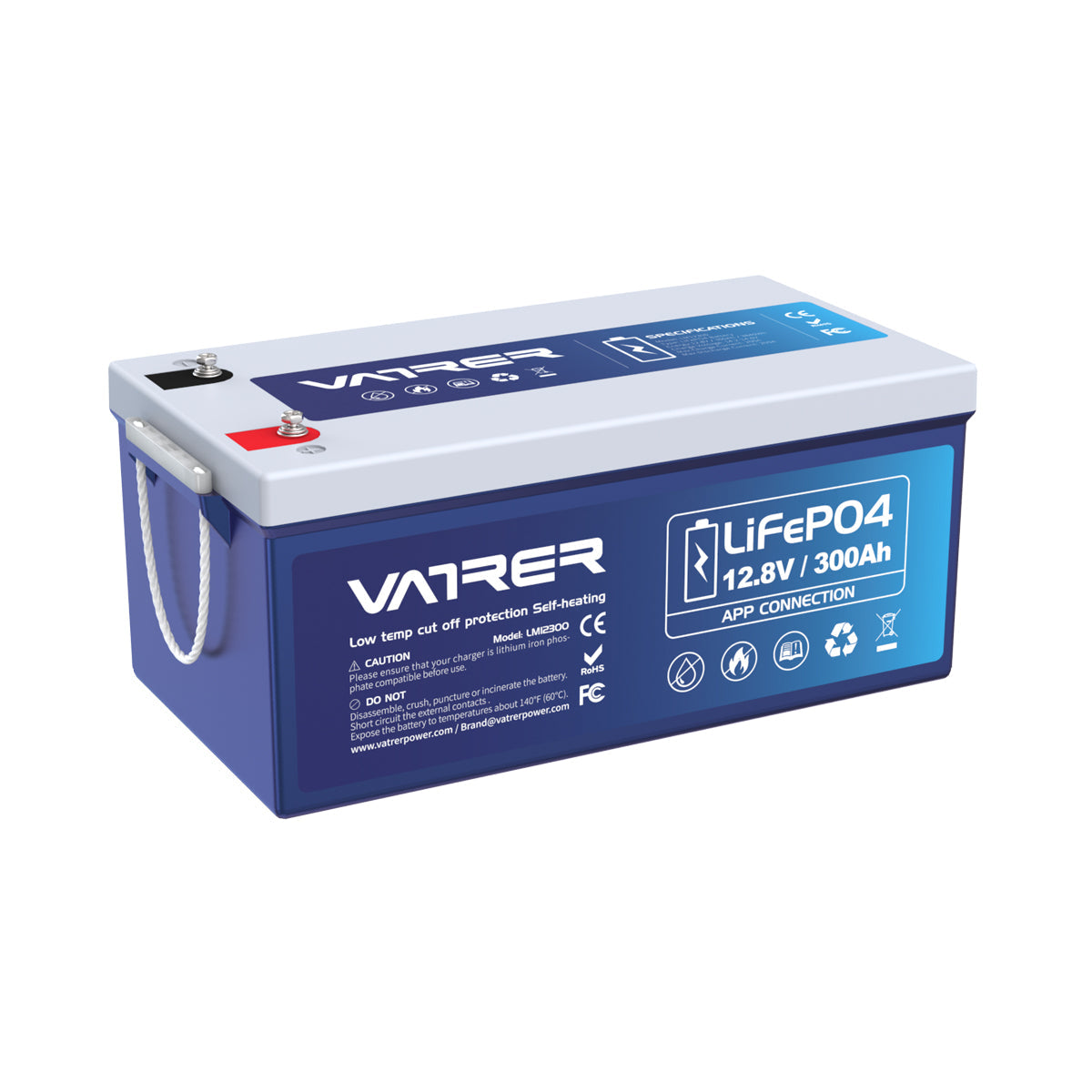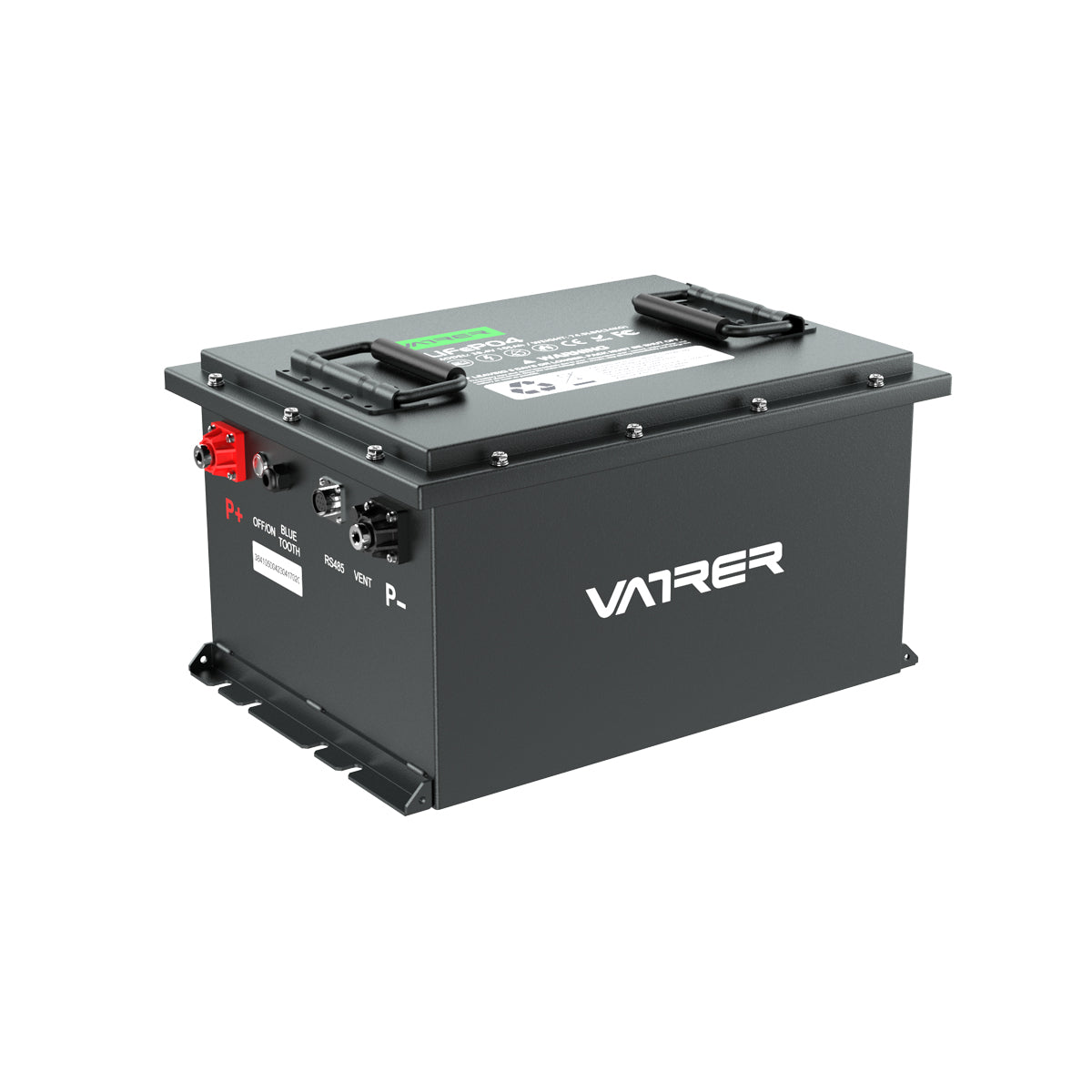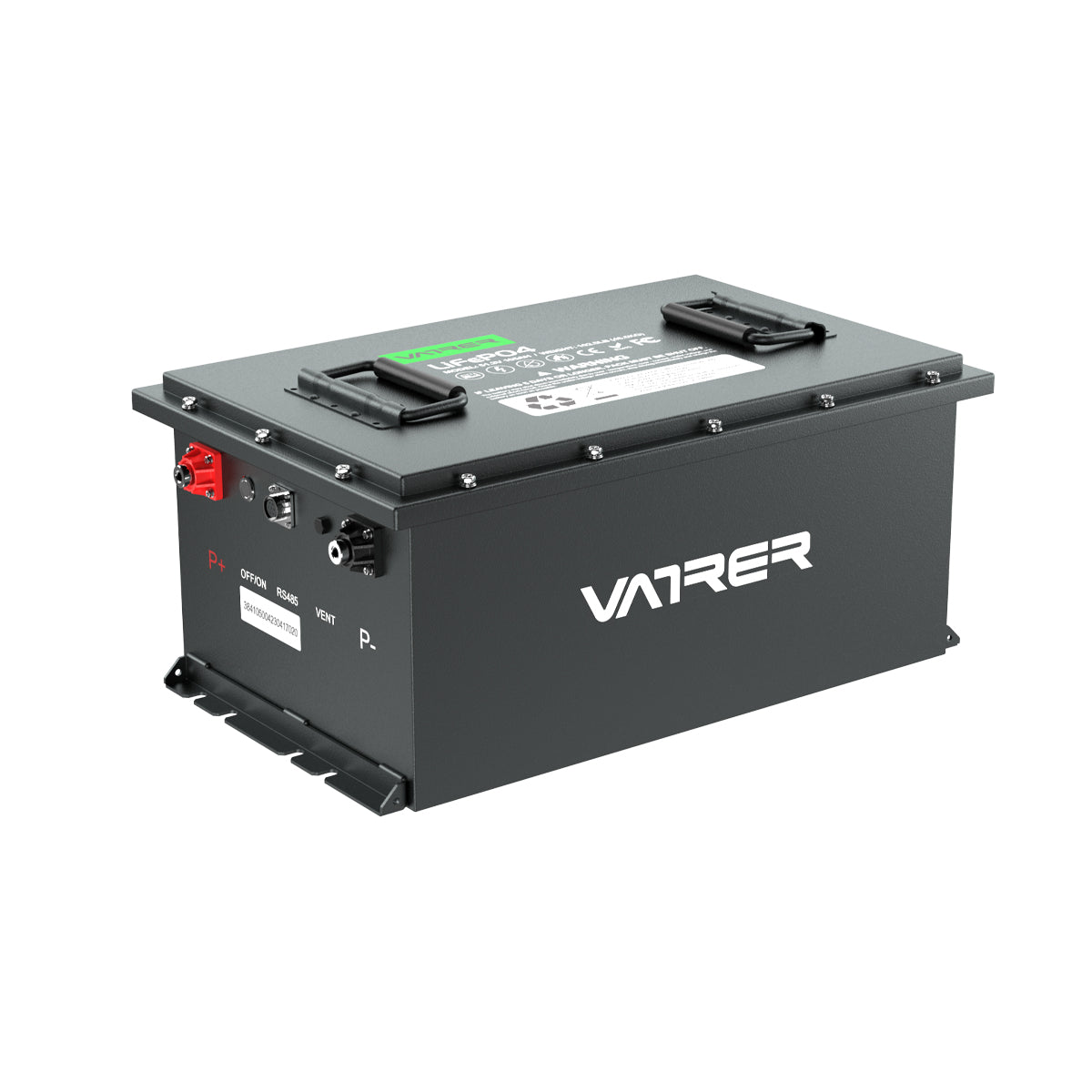Introduction
Lithium-ion batteries have become the go-to power source for a wide range of devices, from smartphones to electric vehicles. To maximize their performance and lifespan, it's important to follow certain guidelines. One such rule is the 40-80 rule, which outlines optimal charging and discharging levels for lithium-ion batteries. In this article, we will delve into the 40-80 rule, its significance, and how it can help you maintain the health and longevity of your lithium-ion batteries.
What is the 40-80 Rule?
The 40-80 rule suggests that lithium-ion batteries should be kept within a specific state of charge (SOC) range for optimal performance and lifespan. According to this rule, it is best to charge the battery when it reaches around 40% SOC and stop charging when it reaches around 80% SOC. Similarly, it is recommended to avoid discharging the battery below 40% SOC and not to let it go above 80% SOC during usage.
Cycle Life as a Function of Depth of Discharge
| Depth of Discharge | NMC (Cycle Life) | LiPO4 (Cycle Life) |
|---|---|---|
| 100% DoD | ~300 | ~600 |
| 80% DoD | ~400 | ~900 |
| 60% DoD | ~600 | ~1,500 |
| 40% DoD | ~1,000 | ~3,000 |
| 20% DoD | ~2,000 | ~9,000 |
| 10% DoD | ~6,000 | ~15,000 |
Benefits of the 40-80 Rule
- Extended Lifespan: Operating within the 40-80% SOC range reduces stress on the battery, minimizing degradation and prolonging its overall lifespan. This range helps avoid the extreme ends of the charge cycle, which can cause accelerated wear and tear on the battery.
- Improved Safety: Staying within the 40-80% SOC range also contributes to battery safety. Extreme charge levels, such as overcharging (above 80% SOC) or deep discharging (below 40% SOC), can lead to increased heat generation, potentially resulting in thermal runaway or other safety hazards.
- Consistent Performance: Lithium-ion batteries tend to deliver better and more consistent performance when operated within the 40-80% SOC range. By avoiding the upper and lower limits, you can ensure a more stable and reliable power output from your battery, particularly during demanding tasks or high-power applications.
Exceptions and Adjustments
While the 40-80 rule is a general guideline for lithium-ion batteries, it may not apply universally to all situations. Some devices, such as smartphones and laptops, have advanced battery management systems that automatically optimize charging and discharging processes. These systems may deviate from the 40-80% SOC range to cater to specific device requirements and user preferences.
Additionally, if you anticipate extended periods without access to charging, it may be advisable to charge your battery beyond 80% SOC to ensure sufficient power availability. However, it is still crucial to avoid constant full charges or discharges in everyday use to maintain optimal battery health.
Tips for Implementing the 40-80 Rule
- Monitor and Adjust Charging: Keep an eye on your battery's charge level and unplug the charger once it reaches around 80% SOC. Avoid leaving the battery connected to the charger for unnecessarily long periods after it has completed charging.
- Avoid Deep Discharges: Try not to let your battery level drop below 40% SOC during regular usage. Aim for shallow discharge cycles, and recharge the battery before it reaches the lower threshold.
- Manage Charging Habits: Although it may not always be practical, consider charging your device more frequently throughout the day, rather than waiting for it to reach critically low levels. This approach allows you to keep the battery within the 40-80% SOC range for extended periods.
Conclusion
The 40-80 rule provides valuable guidance for maximizing the performance and lifespan of lithium-ion batteries. By adhering to this rule, you can reduce stress on the battery, improve safety, and enjoy consistent power output. While exceptions and adjustments may exist for specific devices or circumstances, implementing the 40-80 rule as a general practice will contribute to the long-term health and efficiency of your lithium-ion batteries.
Remember to consult the manufacturer's guidelines and recommendations for your specific device, as they may provide additional insights or specific instructions to optimize battery performance and longevity.












